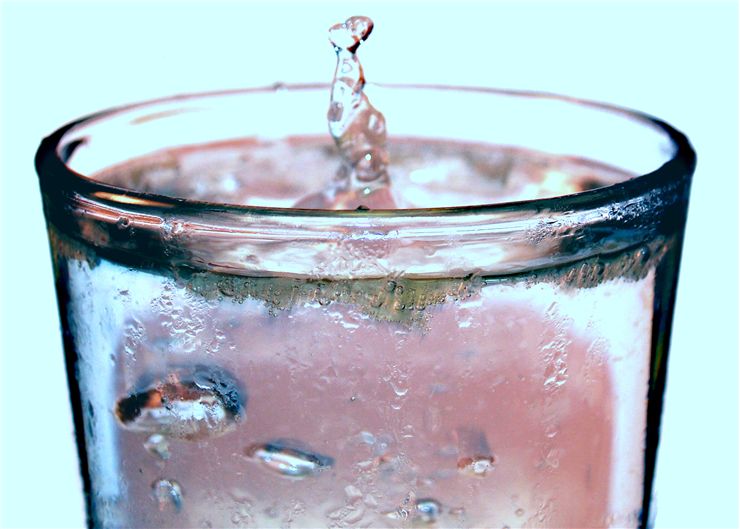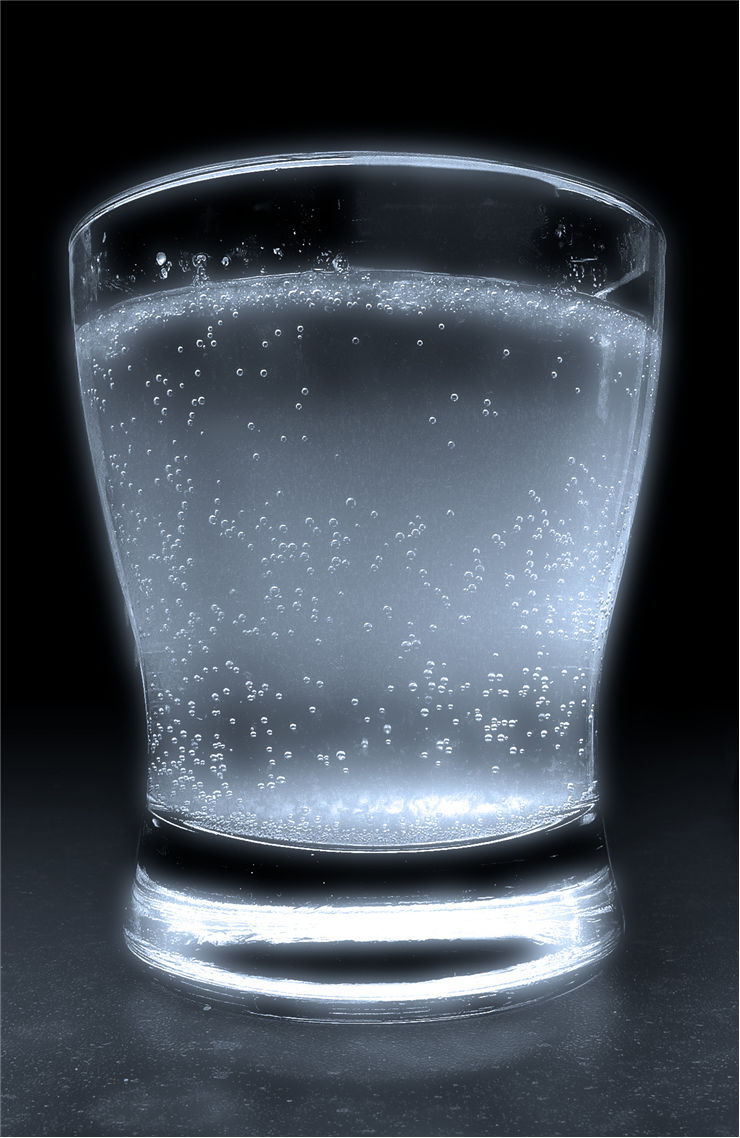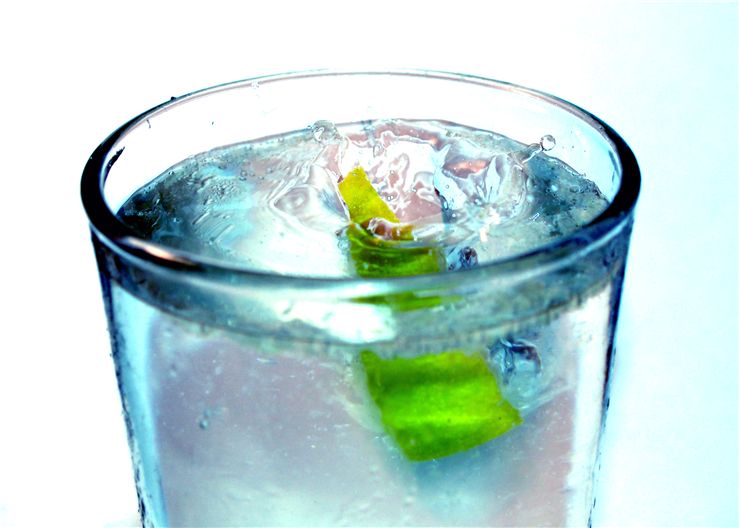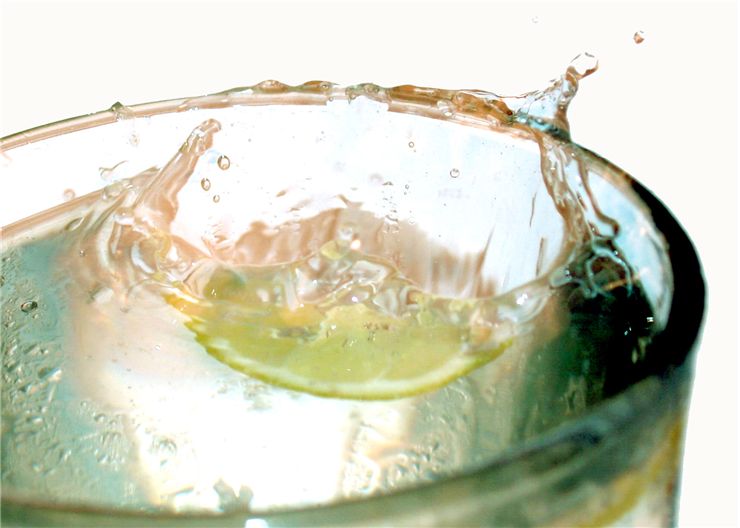Invention of Carbonation and History of Carbonated Water
Since ancient times, many civilizations became interested in springs of natural water that were enriched with minerals, and especially in those that were infused with carbon dioxide. This type of rare mineral water was very famous, and many believed it provided users with natural healing properties that are unique and very beneficial to our metabolism. Because of this appeal, many inventors and chemist sought a way to emulate this natural process. First who managed to do so were Englishman Joseph Priestley in 1767 and Swedish chemistry professor Torbern Bergman in 1771 who both managed to come to the very similar procedure of infusing water with carbon dioxide.
These early examples of artificially-made carbonated water had a very pleasing taste and mouth feel, making it only a matter of time when someone will start large production. This happened before the end of 18th century with the efforts of J. J. Schweppe (1740–1821) who founded his famous Schweppes Company in Geneva in 1783. Little less than one decade later, he moved to London in effort to create business that will cater much wider audience. By that time several more similar companies were formed across Europe, most famously “Thwaites' Soda Water” in Dublin that held the right to the popular name “Soda Water”.
From the moment carbonated water first appeared in sales, its manufacturers tried to distinguish themselves by adding many types of flavors in the mix. Because sodium salts were most prevalent, all those drinks became known as soda drinks, and even today all the most popular Soft Drinks carry that name. Alternatively, other names that were coined were seltzer water, club soda, soda water, fizzy water and sparkling water, which is today mostly associated with clear carbonated water that is optionally infused with mineral content.
Since its appearance, carbonated water came and went out of fashion several times, mostly because changing tastes of people around the world. During times where social drinking was more acceptable, soda water was very common because it enabled users to enjoy many types of cocktails that enabled easier absorption of alcohol (carbonated water diluted the alcohol). After period of unpopularity in the 70s, soda drinks of all types resurfaced in 80s and 90s, becoming commonplace today in 21st century no matter where you look.



